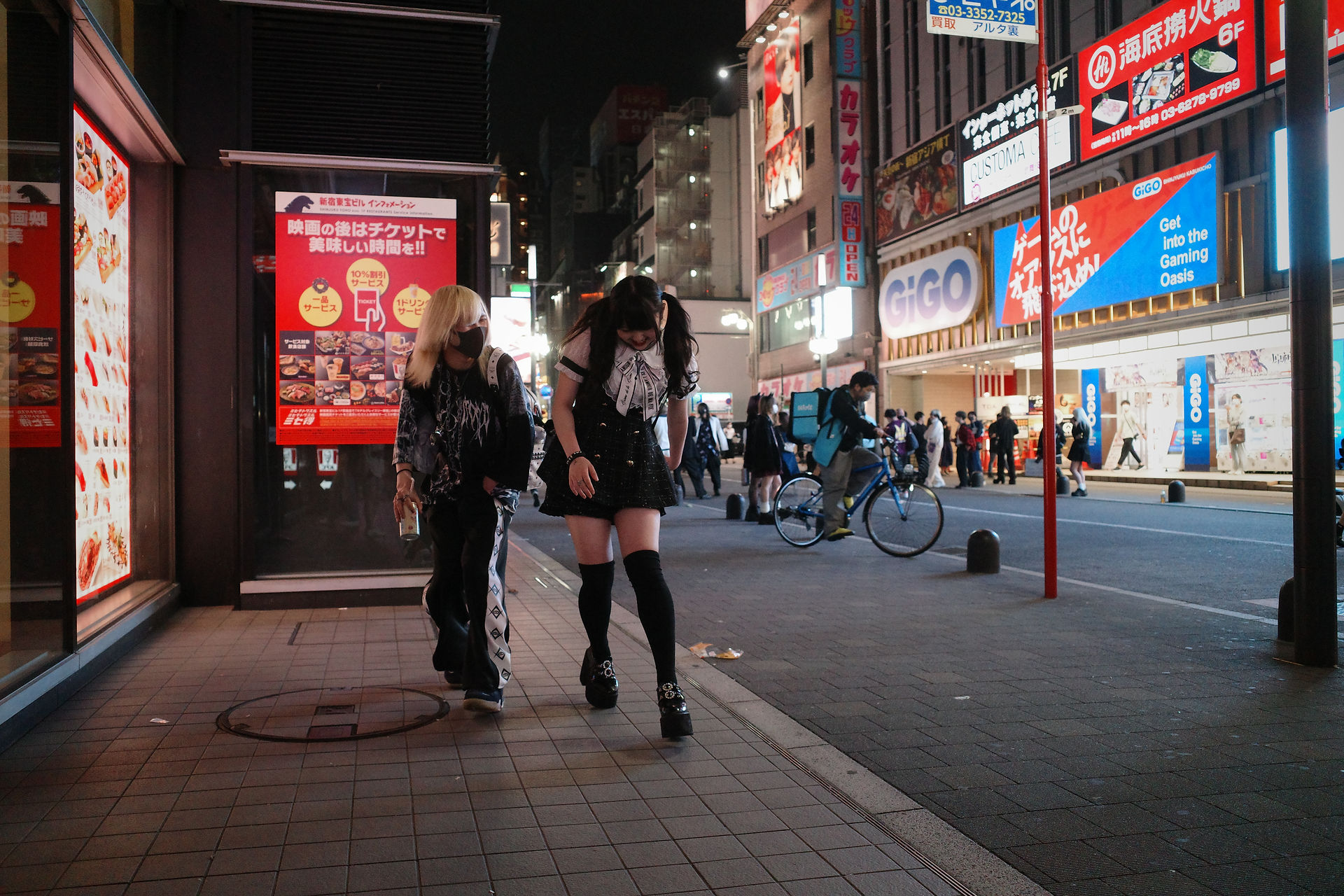
Space & Boundaries
by Kiara
Introduction
Exclusion from society and community is occurring everywhere. Many people and groups are excluded for the benefit of a group of people. Youths are just one group of people that are marginalised and ignored. They are not seen and not heard in society as well as public spaces. The importance of understanding the exclusion of youths is stated in the Family Matters, Geographies of Exclusion (1998) as,
“At a time when many societies perceive young people to be ‘intruders’ and ‘threat’ in public spaces, there is a need to understand the impact of exclusionary practices on young people's experiences of urban life.”
Toyoko kids are youths that are excluded from society in Tokyo.
Why is it important?
“An understanding of how and why boundaries exist is a useful frame-work for studying the politics of street space”
(Malone, 2002) p.159
Why Are They Marginalised?
The first reason is because they are non-consumers. The Toyoko kids are in the hiroba beside the Toho Cinema building and hanging around. They are sitting on the ground, talking with their group of friends, drinking, eating, smoking and just being there in the hiroba. They are not customers that come and spend money in Kabukicho. They themselves do not generate revenue for the stores and business in Kabukicho, unlike the adults that come to Kabukicho. This idea can also be supported as stated in the Rethinking Youth, (Wyne and White, 1997), “The visibility and presence of young people in the public domain of streets, shopping centres and malls, particularly the marginalised, non-consuming individuals, has been met by concerted attempts to exclude or regulate them”. They are simply occupying the place in the hiroba with no obvious, legitimate, economic benefit. The area of Kabukicho does not want such a group of people occupying the space or hanging around in the area.
The second reason is that they are associated with crimes. Youths are viewed as troublemakers and are associated with petty crimes such as underage drinking, smoking, drugs, graphities, gangs, violene, and pollution. In the hiroba, it can be observed that alcohol andsmoking are huege issues. The popular media is feeding into the construction of the youth in Kabukicho, as they report them in their platform often in an exaggerated manner. Even though it may not be completely accurate, it instals a certain image of the Toyoko kids that worsens their reputation.
The third reason is that public spaces are produced as adult spaces. Public spaces are constructed in ways for the adults and not youths around their teenagers. The teernagers do not have a space in the public and are usually not welcomed. Especially in the red light district it is a place for the adults and not intended for youths who are underage to hang around in. The underage children have curfews that the authorities try to aim to stop children for being in the public late at night, strictly creating a space for adults only. Yet the Toyoko kids are at the hiroba in the middle of the red light district.
Sections
space & Boundaries
